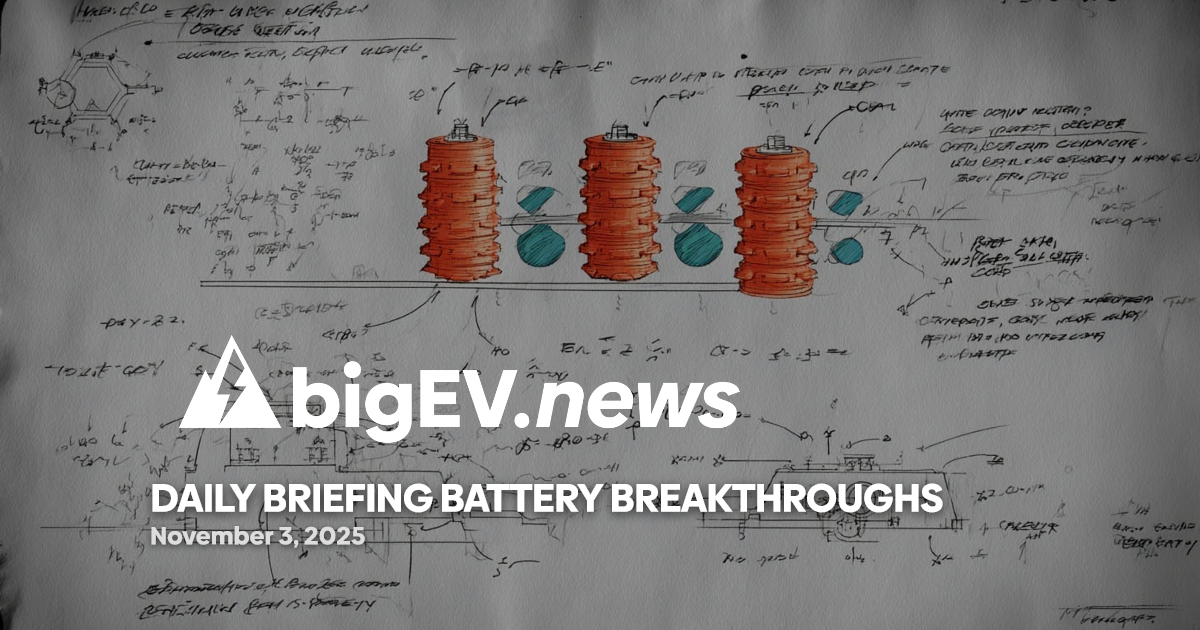A wave of regulatory updates and safety certification guidelines is redefining operational risk and compliance for electrification, energy, and industrial leaders worldwide.
At a glance – In the last 24 hours, the global regulatory landscape for energy, transportation, and manufacturing has undergone significant transformation, with new safety standards and compliance mandates announced across multiple jurisdictions. From wildfire risk mitigation in California to advanced battery safety research in the United States, and sweeping rule changes in Australia’s energy sector, industry leaders face a rapidly evolving compliance environment. These developments are poised to impact operational protocols, investment strategies, and product design for companies operating in electrification, grid infrastructure, and industrial manufacturing.
Technology advance – The U.S. Department of Energy’s National Renewable Energy Laboratory (NREL) has published new research addressing the safety implications of next-generation battery technologies. The report highlights how emerging battery chemistries—such as solid-state and lithium-metal cells—present unique risks in terms of thermal runaway, toxicity, and mechanical robustness. NREL’s Donal Finegan emphasized the need for new evaluation methods, including artificial intelligence-driven modeling, to anticipate and mitigate hazards associated with these advanced materials. The research calls for updated abuse testing protocols and enhanced collaboration between battery designers, first responders, and regulatory bodies to ensure safe deployment in grid-scale energy storage and electric vehicles. These findings are expected to inform future revisions of both U.S. and international battery safety standards.
Partnerships – In a major move to accelerate the deployment of advanced nuclear technology, X-energy, Amazon, Korea Hydro & Nuclear Power, and Doosan Enerbility have announced a strategic partnership focused on the Xe-100 small modular reactor (SMR) platform. The collaboration aims to fast-track engineering design, supply chain integration, and regulatory compliance for SMRs in the United States, targeting the surging power demands of data centers and artificial intelligence infrastructure. This partnership is expected to set new benchmarks for nuclear safety compliance, with each partner contributing expertise in reactor design, fuel technology, and operational risk management. The alliance underscores the growing importance of cross-sector collaboration in meeting both energy security and regulatory requirements for next-generation nuclear projects.
Acquisitions/expansions – Curtiss-Wright has expanded its portfolio in the nuclear sector by securing exclusive rights to market and supply advanced tensioners for reactor applications across North America. This move follows the company’s recent acquisition of proprietary tensioning technology, which is designed to enhance safety and reliability in nuclear plant operations. The new product line is engineered to meet the latest U.S. Nuclear Regulatory Commission (NRC) standards for mechanical integrity and operational safety, providing utilities and plant operators with improved compliance tools for critical infrastructure. Curtiss-Wright’s expansion is expected to drive further innovation in safety-critical components for the nuclear industry, supporting both legacy plants and new reactor deployments.
Regulatory/policy – The Office of Energy Infrastructure Safety in California has formally adopted its 2025 Safety Certification Guidelines, setting forth stringent requirements for electrical corporations seeking safety certification under Public Utilities Code Section 8389(e). The guidelines, finalized after extensive public consultation, are designed to incentivize investment in safety culture and wildfire risk reduction. Utilities that achieve certification are presumed to have acted reasonably in cost recovery proceedings related to utility-caused wildfires, though the certification does not shield them from liability or guarantee full compliance with all mitigation plans. The new framework is expected to influence regulatory approaches in other wildfire-prone regions, as policymakers seek to balance risk management with operational accountability.
Finance/business – Australia’s Independent Pricing and Regulatory Tribunal (IPART) has announced comprehensive rule changes to the Energy Savings Scheme (ESS) and Peak Demand Reduction Scheme (PDRS), effective September 12, 2025. The updates introduce new compliance mandates for energy service providers, including the prohibition of unsolicited door-knocking, revised reporting requirements, and stricter eligibility criteria for commercial lighting and heat pump installations. Notably, a 5,000-certificate cap has been imposed on commercial heat pump systems, and warranty requirements for residential and commercial units have been strengthened to protect consumers against defects. These regulatory changes are expected to reshape the business models of energy efficiency providers and drive investment in compliant technologies, while also aligning Australian standards more closely with international best practices.
Sources: pv-magazine-usa, American Nuclear Society, Energy Safety (CA), regulations.gov, Independent Pricing and Regulatory Tribunal, Curtiss-Wright









